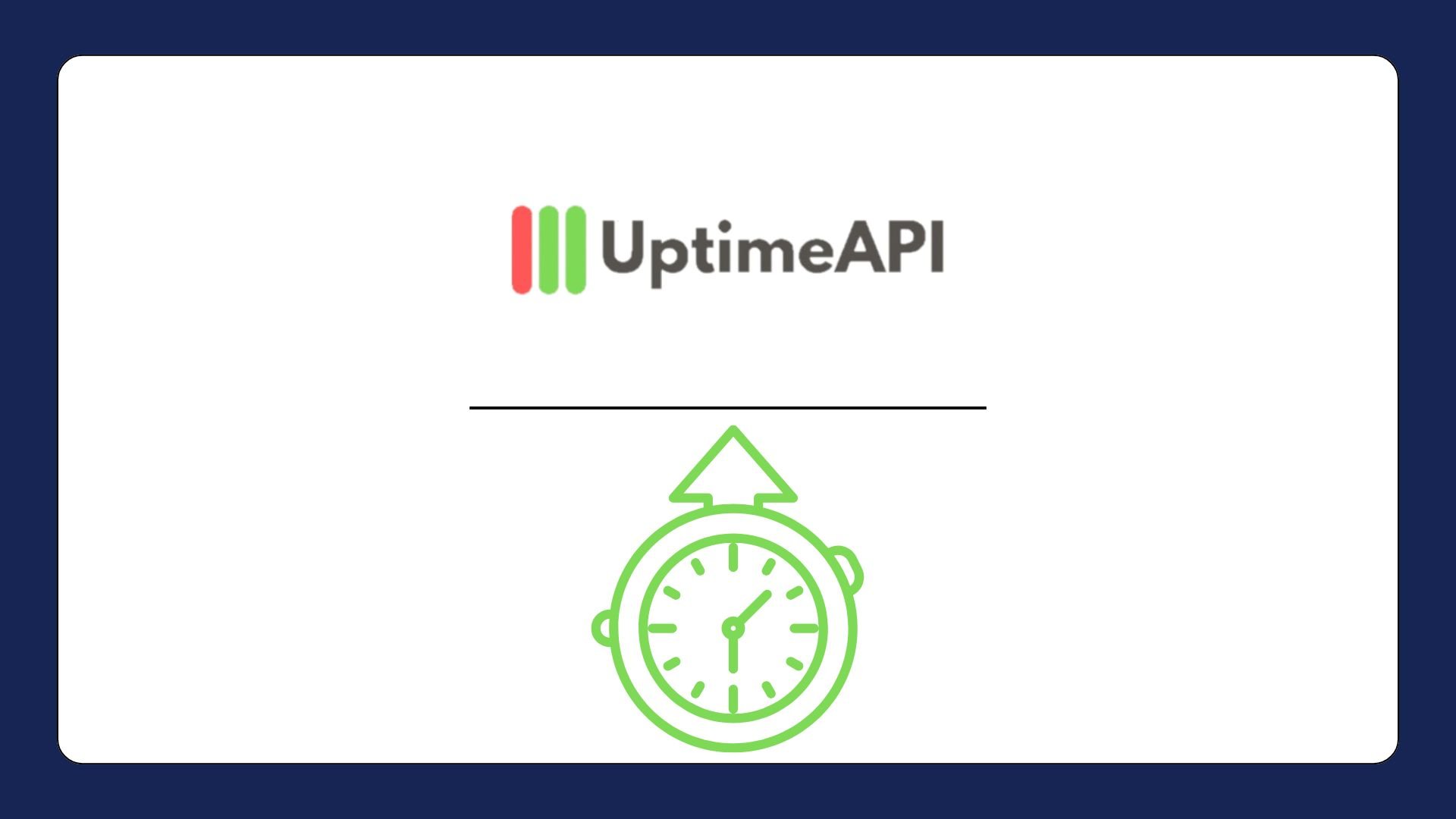Monitor APIs Like A Pro: Tips For Developers

Monitor API is no longer optional but a fundamental skill. In this comprehensive guide, we’ll explore professional tips to help developers keep their APIs in check, focusing on the robust tools and features provided by Uptime API, a premier API monitoring solution.
Pro Tips for Monitoring APIs Effectively with Uptime API
Uptime API simplifies this by offering automated checks at regular intervals. Developers can schedule automated tests to run as frequently as needed—every minute, hour, or day—depending on the API’s criticality. This means that potential issues are flagged as soon as they occur, giving teams the ability to address them before they escalate. Automating API monitoring with the API also frees up developer time, allowing them to focus on improving other aspects of their applications rather than manually monitoring for issues.
Uptime API provides detailed reports that track the performance of APIs over time, offering insights into peak usage times, recurring errors, or periods of slow performance. Developers can use this data to optimize their infrastructure, improve load balancing, or reconfigure API endpoints to better handle traffic.
Why Monitoring APIs is Crucial for Developers
Uptime API into your monitoring strategy, you can take a proactive approach to performance, ensuring smooth operation across your systems. Whether you’re developing an API yourself or relying on third-party services, continuous monitoring provides the visibility necessary to maintain optimal service levels and prevent costly disruptions.

